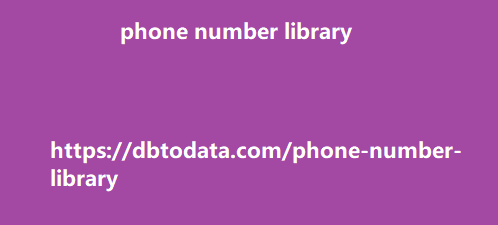Although MUM’s rollout is quite gradual, knowing what this model can do can help inform your SEO strategy. This is far from being an exhaustive list, we take into consideration the most. We’ve found that optimizing for these has been the most effective in terms of SEO strategy and has streamlined our optimization tasks greatly. Kinds of SEO strategies There are three kinds of SEO strategies that I will be discussing here: black hat, gray hat, and white hat SEO. To properly learn SEO, it’s important that you know what kinds of techniques fall under each of these so that you can prevent yourself from accidentally engaging in shady SEO tactics and end up getting penalized by Google.
Black hat SEO is a practice that has existed
for more than a decade. This length of time has allowed webmasters and SEOs to create innovative, unique, and effective strategies to take their websites to the top of the search results. Even though it is a relatively straightforward practice, it allows limitless possibilities and immense flexibility in terms of creating and innovating new processes and strategies. This is one of the main reasons why SEO will always be one of the best digital marketing facets anywhere in the world. However, with these possibilities and flexibility come people that aim to achieve results in a shorter time frame.
This is all because SEO is a long-term game—
monumental results will only be gained through multiple months or years of effort. This is why people aimed to take advantage of the system, doing unethical practices to gain results faster—in other words, a shortcut. These unethical practices in the industry came to be called black hat SEO, which led to the ethical and upright practices to be conversely called white hat SEO. To make it simple, white hat method is the good, clean way which makes quality, competitive, informative content it’s main weapon and tool, while black hat method is the ‘how-to-go around the rules’ method which uses doorway pages, invisible texts, keyword stuffing and comment spamming.
It abuses artificial and technical loopholes
as it’s main route to attain higher page rank which search engines are not happy about. Some examples of black hat SEO are: Keyword stuffing Keyword stuffing is the practice of packing keywords into your site even when it makes no sense. It greatly lowers user-friendliness, information relevance, and quality of your site in exchange for a temporary increase in rankings. While this is something that Google can sniff out much faster nowadays, it is still very likely that users can encounter this issue. While it is important for keywords to get ranked, it is also equally important to ensure that the content you would be writing comes off as natural and informative instead of something that would only generate a temporary spike in traffic.
Invisible texts and links Using invisible texts is simply
putting some keywords with the cambodia phone number library same color as your background so that it would be invisible to site visitors. At a glance, these web pages may look similar to regular pages, but a simple hover of your mouse (or by pressing CTRL+A) would reveal the hidden text. This is an attempt to add more characters and keywords to a web page to increase rankings, and it is also a tactic that tries to take advantage of Google’s algorithm. Likewise, hidden links are another issue as well. There might be times when you will encounter a page that suddenly takes you to a different page despite not being able to see the link on which you clicked on.
This negative link-building technique not only
aims to mislead but also create low-quality web pages that would not get traffic. These are practices that Google can instantly track down and penalize, but many web pages that apply this technique remain. Doorway pages Doorway pages are web pages that are merely put up as dummies. This is done for search engine spiders to crawl links and keywords for the main site (which the doorway page would most probably point to). Usually, the users would never see or find these pages. Cloaking One of the oldest black hat SEO techniques, cloaking is the act of misleading users into content they did not search for.
Imagine searching for a keyword like “school”
and clicking on a link to a related website, only to although perhaps it is no longer lead to an entirely different set of content. This is a practice commonly done to generate traffic to a website. However, this technique is misleading, which seriously dampens the user experience, and can lead to Google penalizing your website. Website quality and authority are measured through trustworthiness and informative content, which means any form of deliberate misinformation will always be negative on a website. It is best to make sure that your links get to the right pages, as this would not only allow GoogleBot to crawl, but also bring in more traffic and much-needed link juice.
Link farms Links are essential in generating traffic
to any website and allow users to discover powder data and connect new content. This makes a link building team a very crucial element to any SEO effort, as tactics like guest blogging and outbound linking are some of the best traffic-generating methods. However, some people have created methods to abuse this system, leading to web pages whose purpose was to only place an abundant amount of links, with barely any relevant and informative content. harder and harder to find thanks to Google’s strict standards, these remain a common issue.

